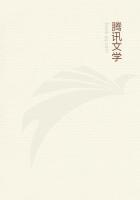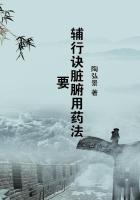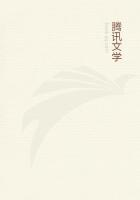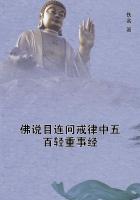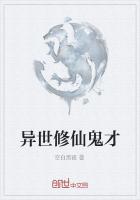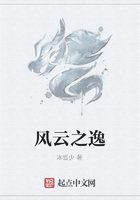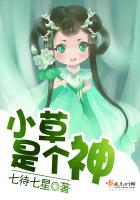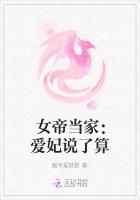THE GOLDEN TROUT
After Farewell Gap, as has been hinted, the country changes utterly.Possibly that is why it is named Farewell Gap.The land is wild, weird, full of twisted trees, strangely colored rocks, fantastic formations, bleak mountains of slabs, volcanic cones, lava, dry powdery soil or loose shale, close-growing grasses, and strong winds.You feel yourself in an upper world beyond the normal, where only the freakish cold things of nature, elsewhere crowded out, find a home.Camp is under a lonely tree, none the less solitary from the fact that it has companions.
The earth beneath is characteristic of the treeless lands, so that these seem to have been stuck alien into it.There is no shelter save behind great fortuitous rocks.Huge marmots run over the boulders, like little bears.The wind blows strong.The streams run naked under the eye of the sun, exposing clear and yellow every detail of their bottoms.In them there are no deep hiding-places any more than there is shelter in the land, and so every fish that swims shows as plainly as in an aquarium.
We saw them as we rode over the hot dry shale among the hot and twisted little trees.They lay against the bottom, transparent; they darted away from the jar of our horses' hoofs; they swam slowly against the current, delicate as liquid shadows, as though the clear uniform golden color of the bottom had clouded slightly to produce these tenuous ghostly forms.We examined them curiously from the advantage our slightly elevated trail gave us, and knew them for the Golden Trout, and longed to catch some.
All that day our route followed in general the windings of this unique home of a unique fish.We crossed a solid natural bridge; we skirted fields of red and black lava, vivid as poppies; we gazed marveling on perfect volcano cones, long since extinct:
finally we camped on a side hill under two tall branchless trees in about as bleak and exposed a position as one could imagine.Then all three, we jointed our rods and went forth to find out what the Golden Trout was like.
I soon discovered a number of things, as follows:
The stream at this point, near its source, is very narrow--I could step across it--and flows beneath deep banks.The Golden Trout is shy of approach.
The wind blows.Combining these items of knowledge I found that it was no easy matter to cast forty feet in a high wind so accurately as to hit a three-foot stream a yard below the level of the ground.In fact, the proposition was distinctly sporty; I became as interested in it as in accurate target-shooting, so that at last I forgot utterly the intention of my efforts and failed to strike my first rise.The second, however, I hooked, and in a moment had him on the grass.
He was a little fellow of seven inches, but mere size was nothing, the color was the thing.And that was indeed golden.I can liken it to nothing more accurately than the twenty-dollar gold-piece, the same satin finish, the same pale yellow.The fish was fairly molten.It did not glitter in gaudy burnishment, as does our aquarium gold-fish, for example, but gleamed and melted and glowed as though fresh from the mould.One would almost expect that on cutting the flesh it would be found golden through all its substance.This for the basic color.You must remember always that it was a true trout, without scales, and so the more satiny.Furthermore, along either side of the belly ran two broad longitudinal stripes of exactly the color and burnish of the copper paint used on racing yachts.

